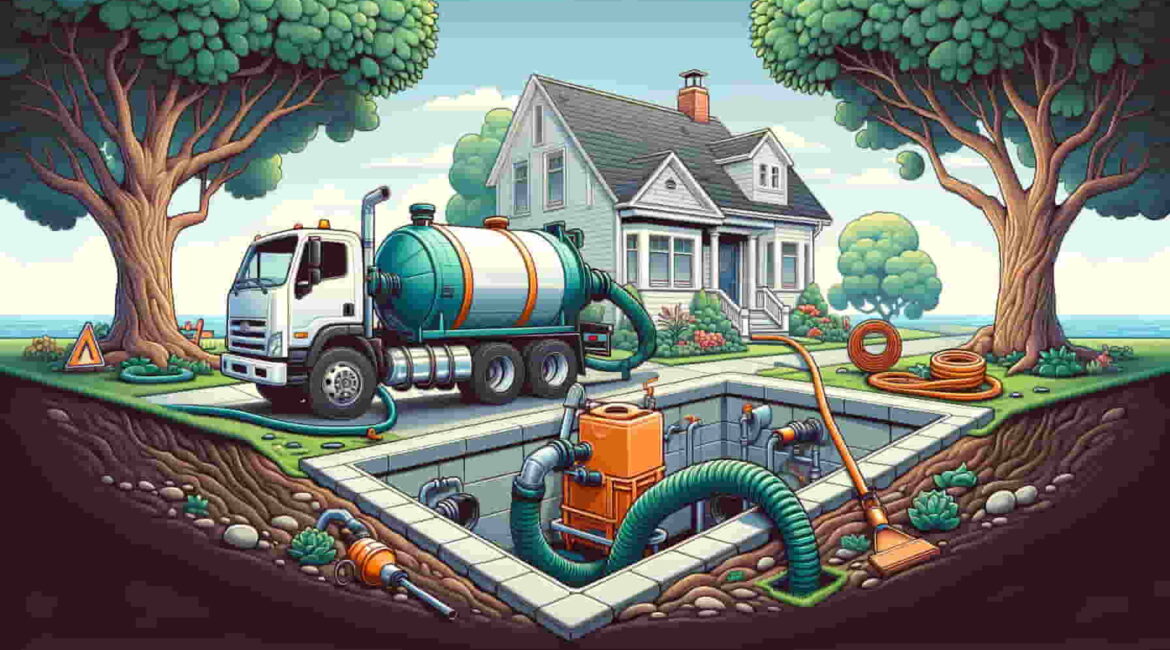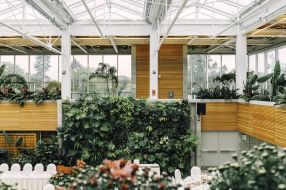Understanding Your Septic Tank System Septic tank systems are a crucial component of many residential and commercial properties,...
Create Your Own Oasis: The Ultimate Guide to Indoor Vertical Gardening
Vertical gardening is an inventive and space-efficient way to grow plants indoors, especially in small areas. It offers...
Create the Ideal Environment for Your Indoor Growing System With These Expert Tips and Tricks
In recent years, indoor gardening has seen a significant surge in popularity. This trend is particularly noticeable amongst...


